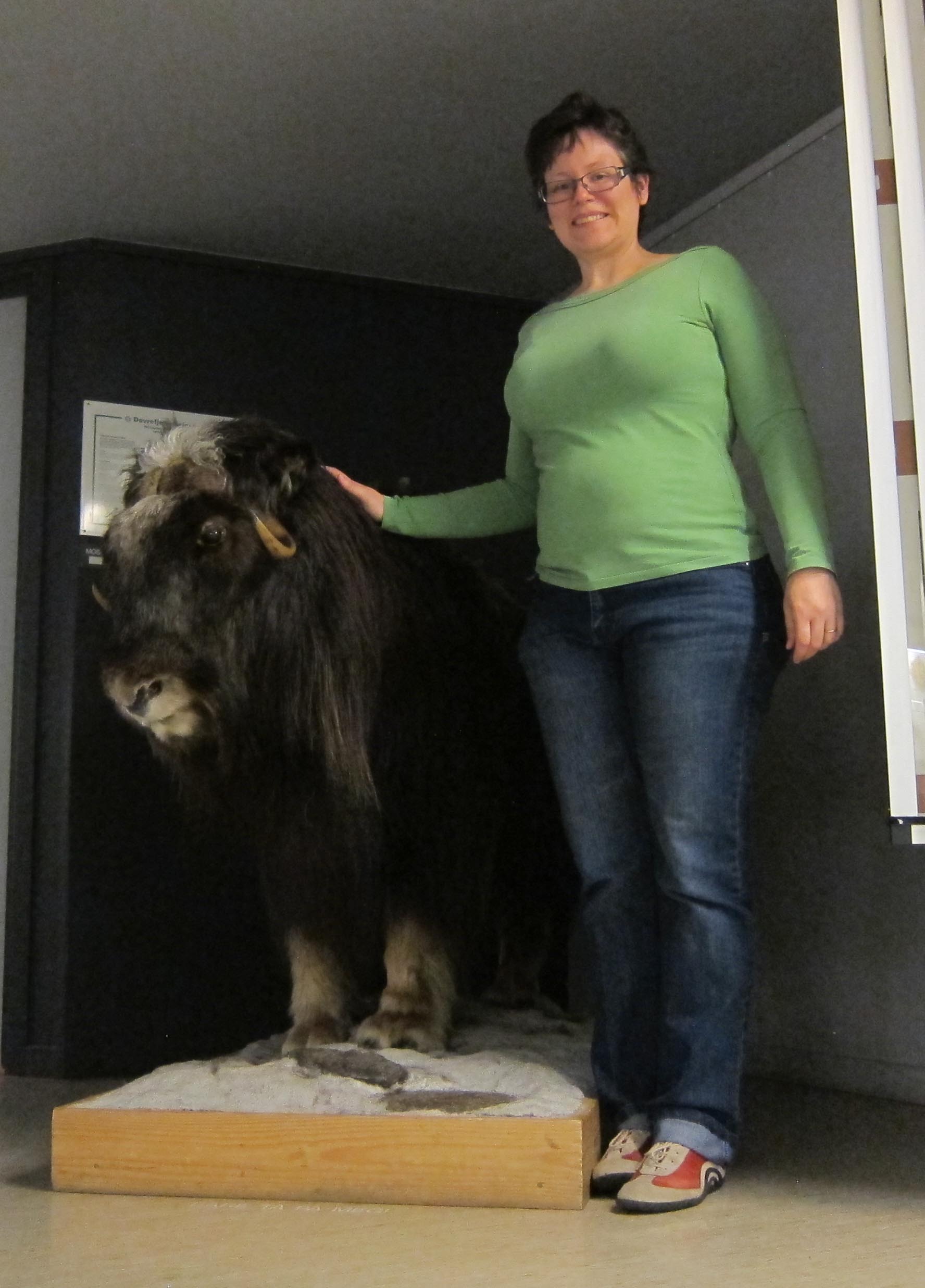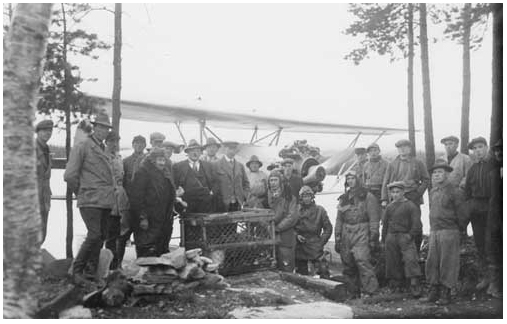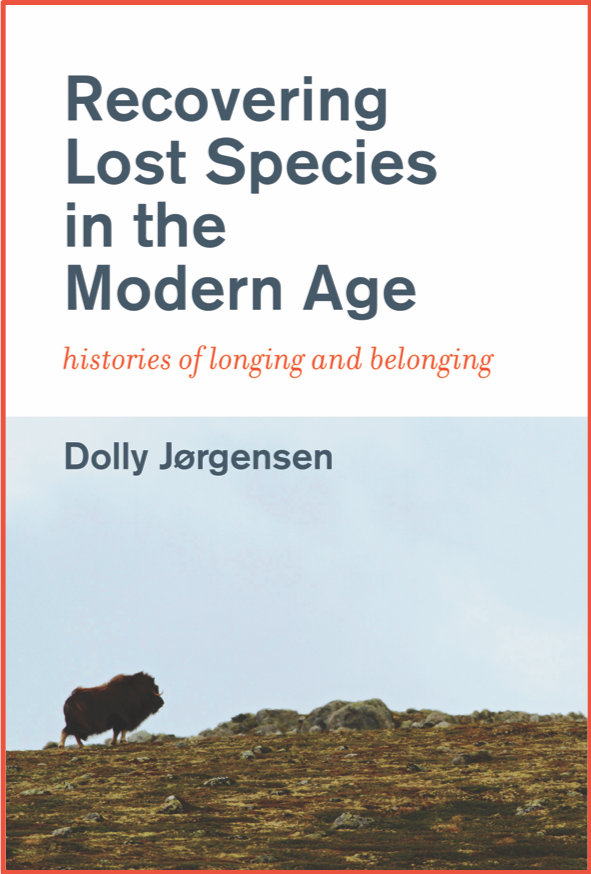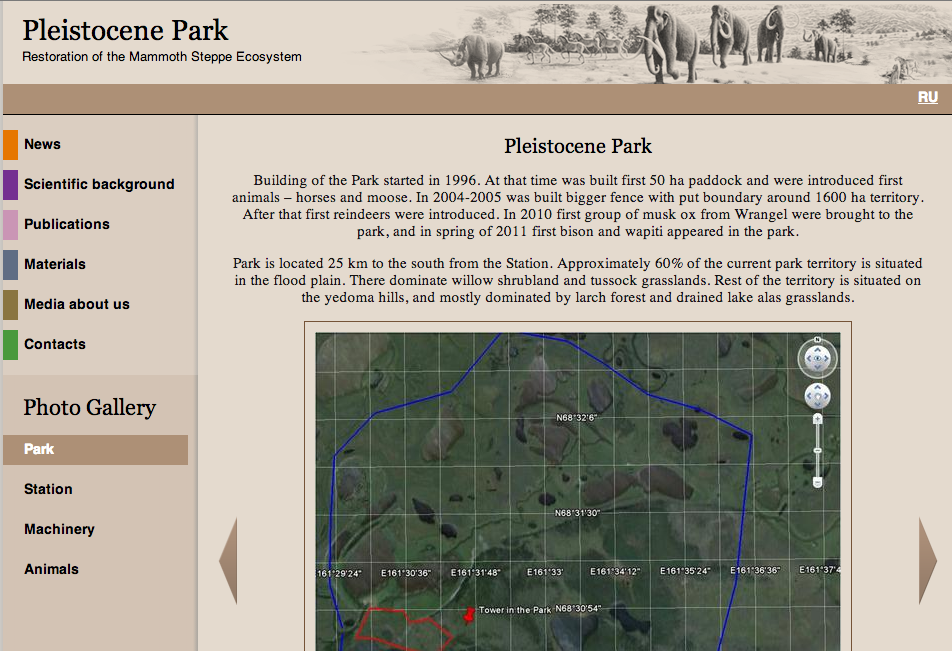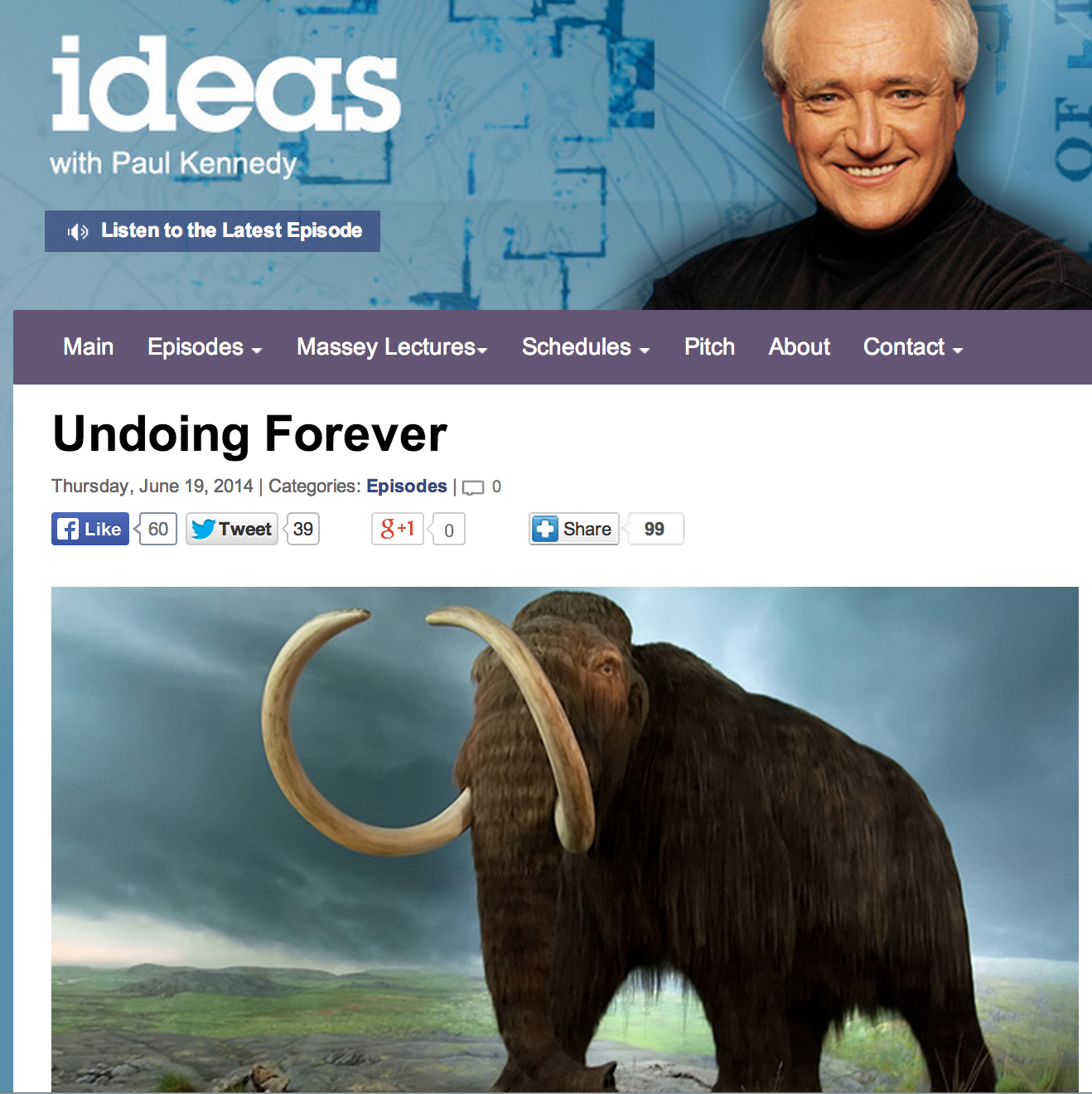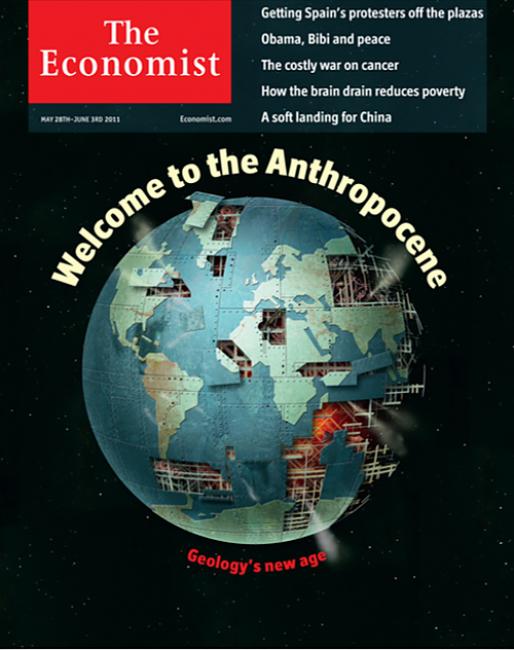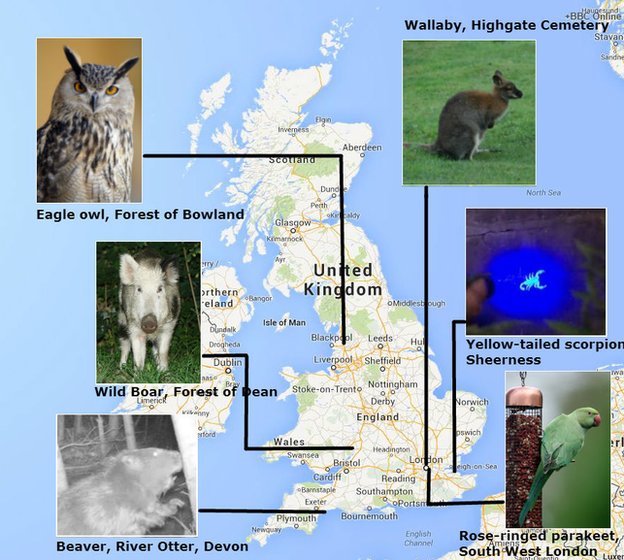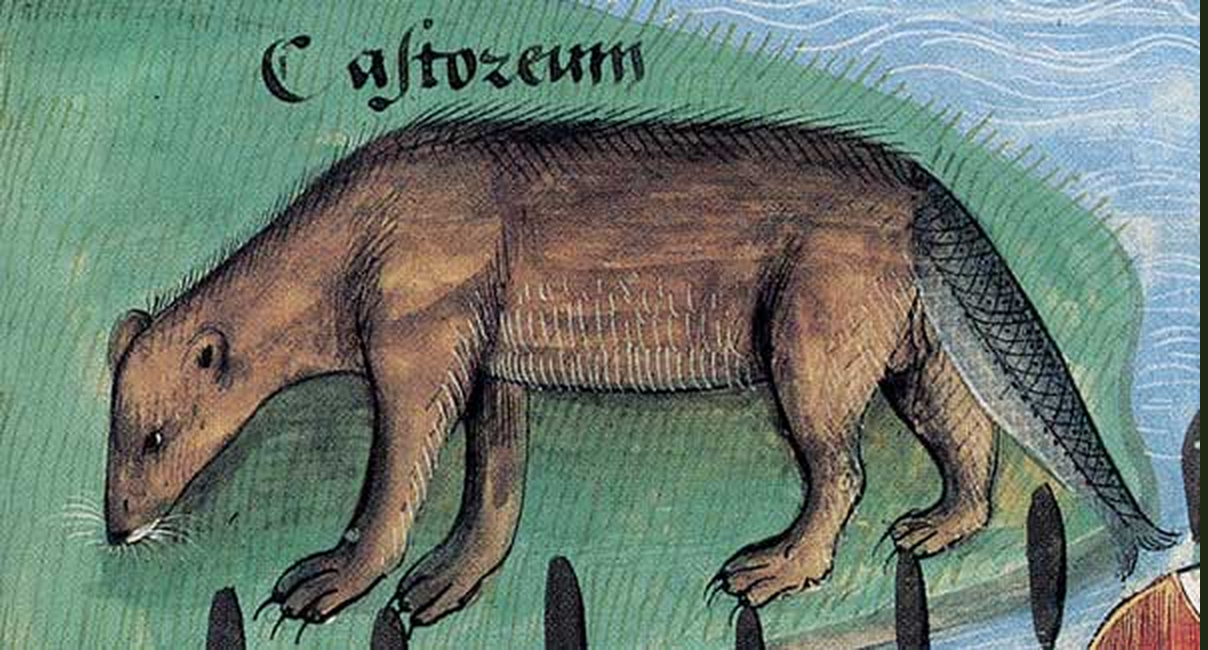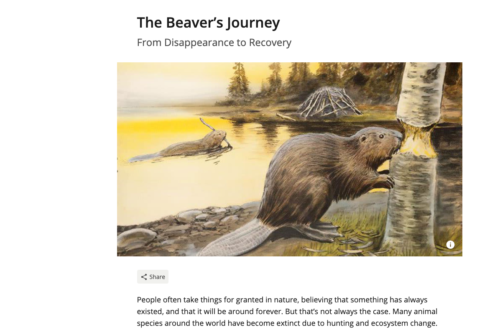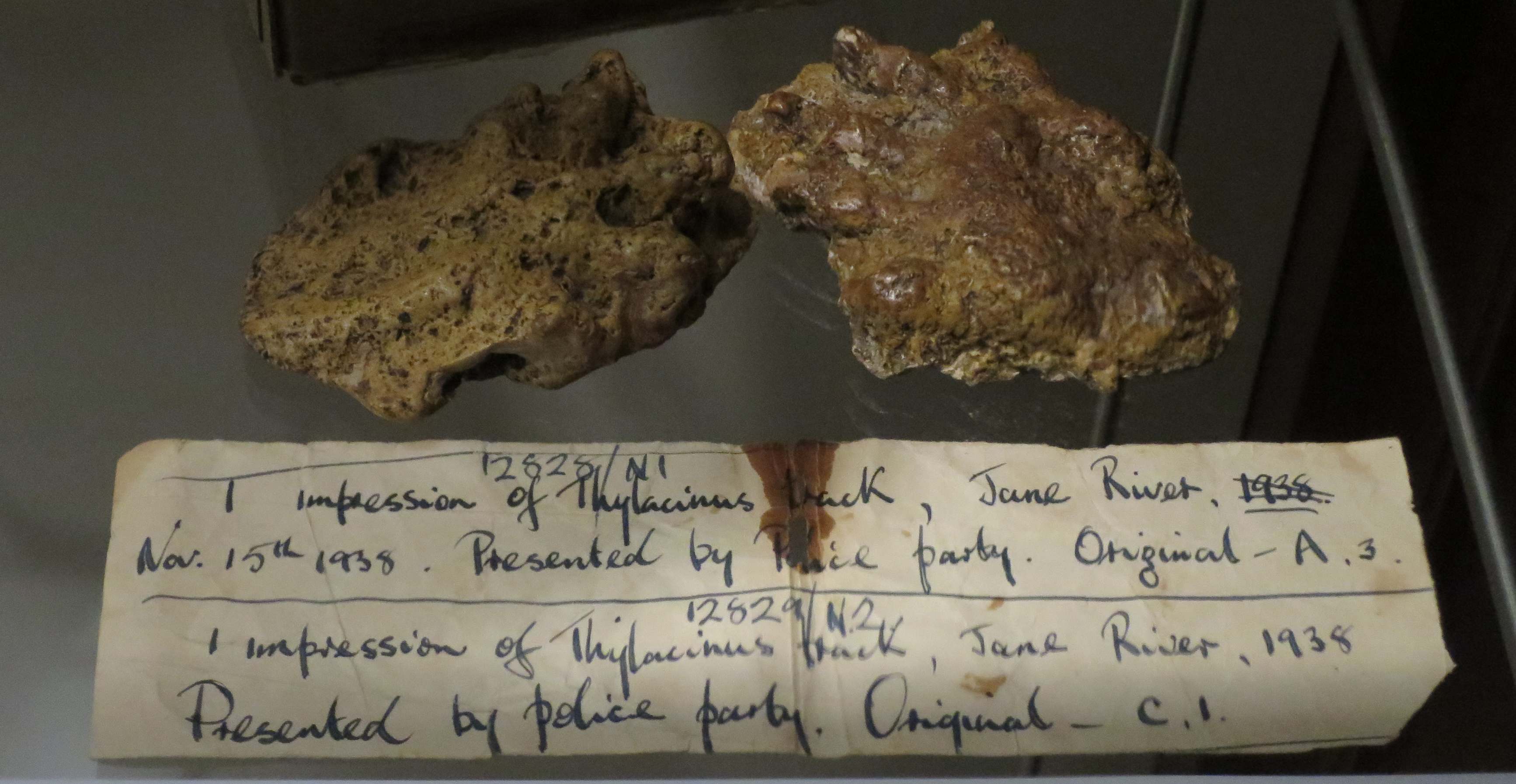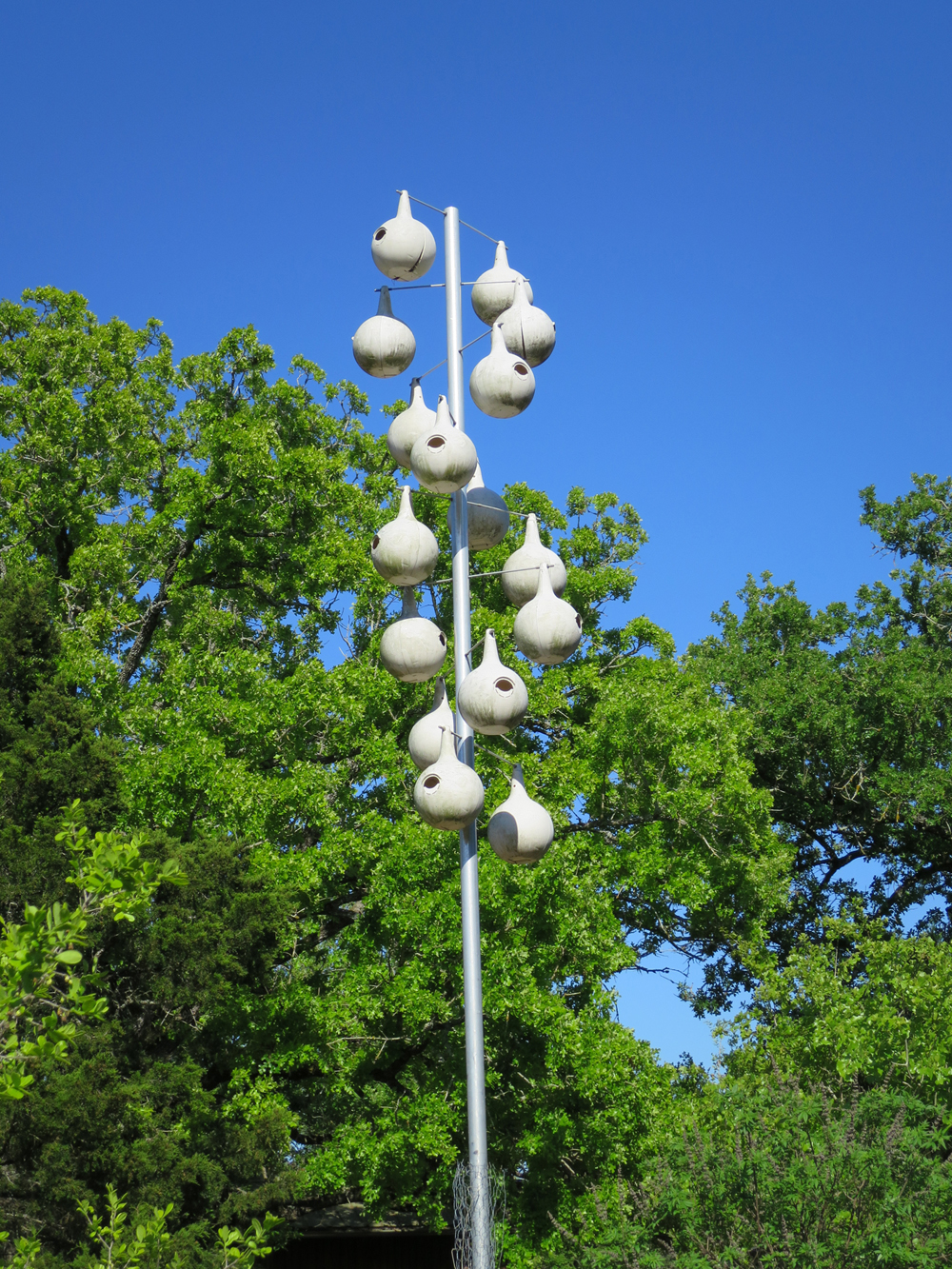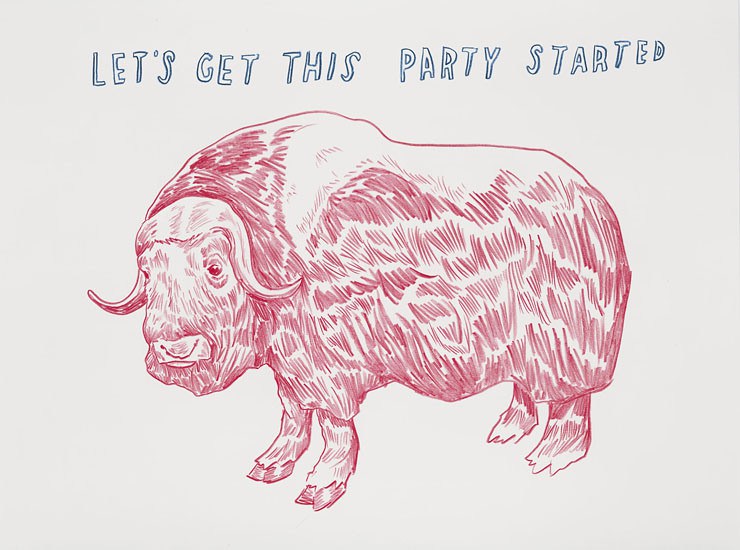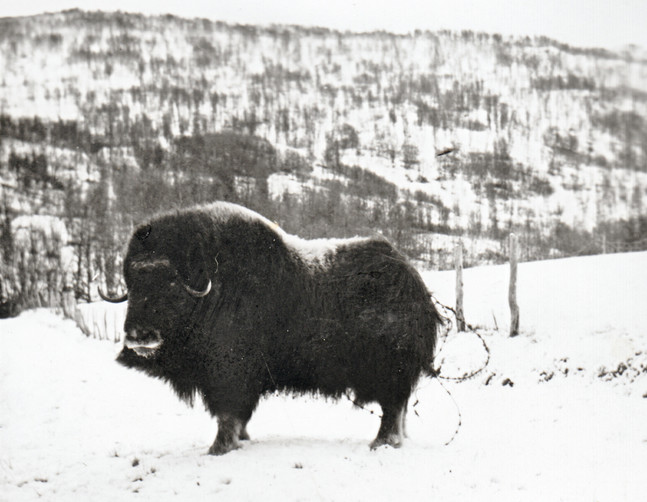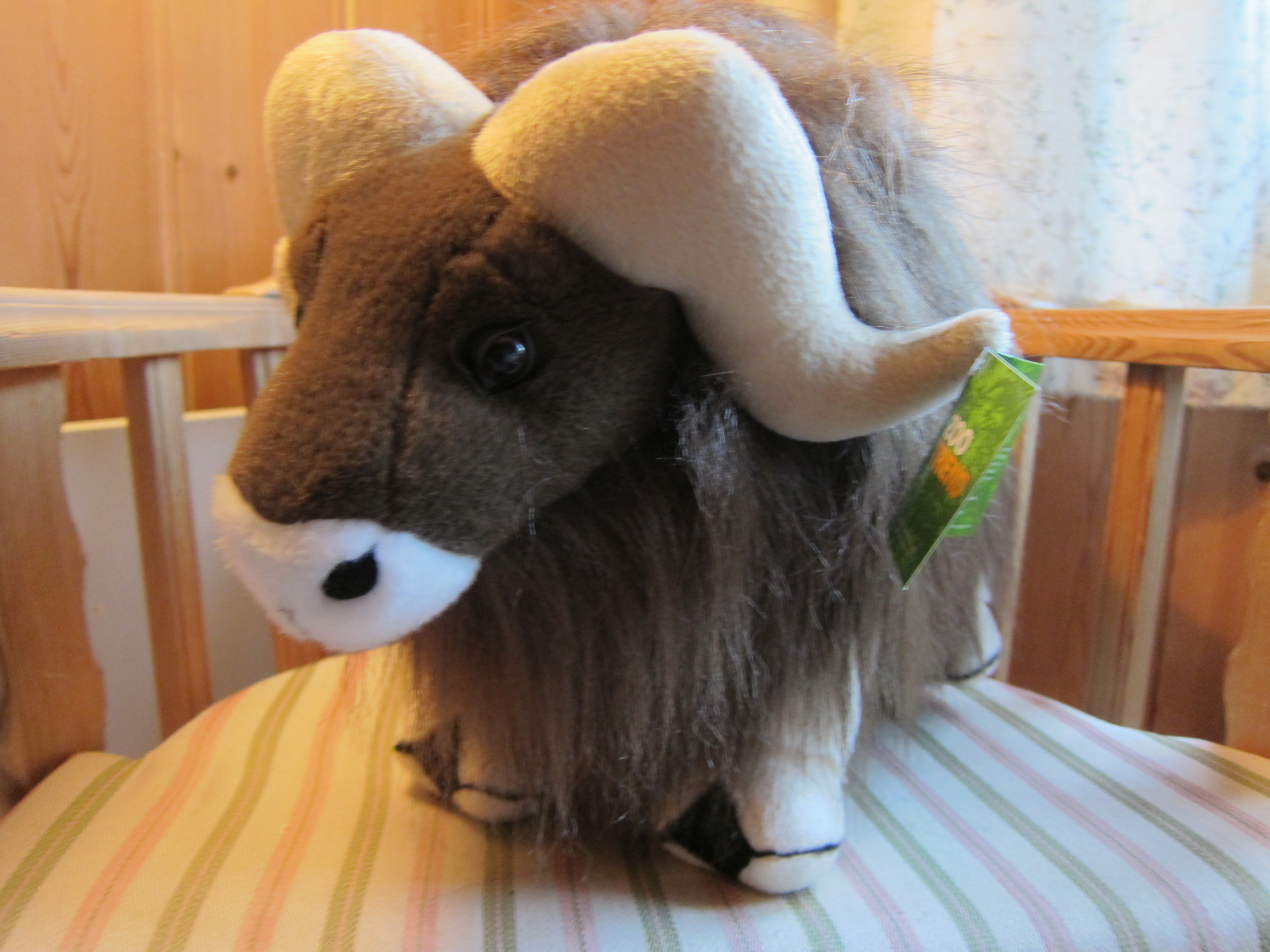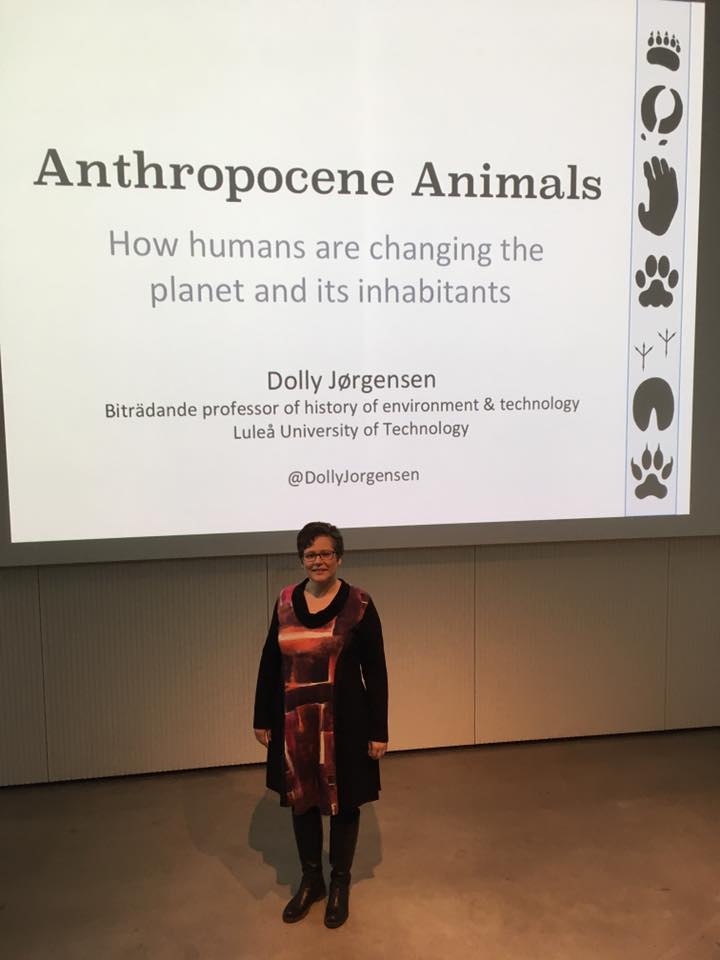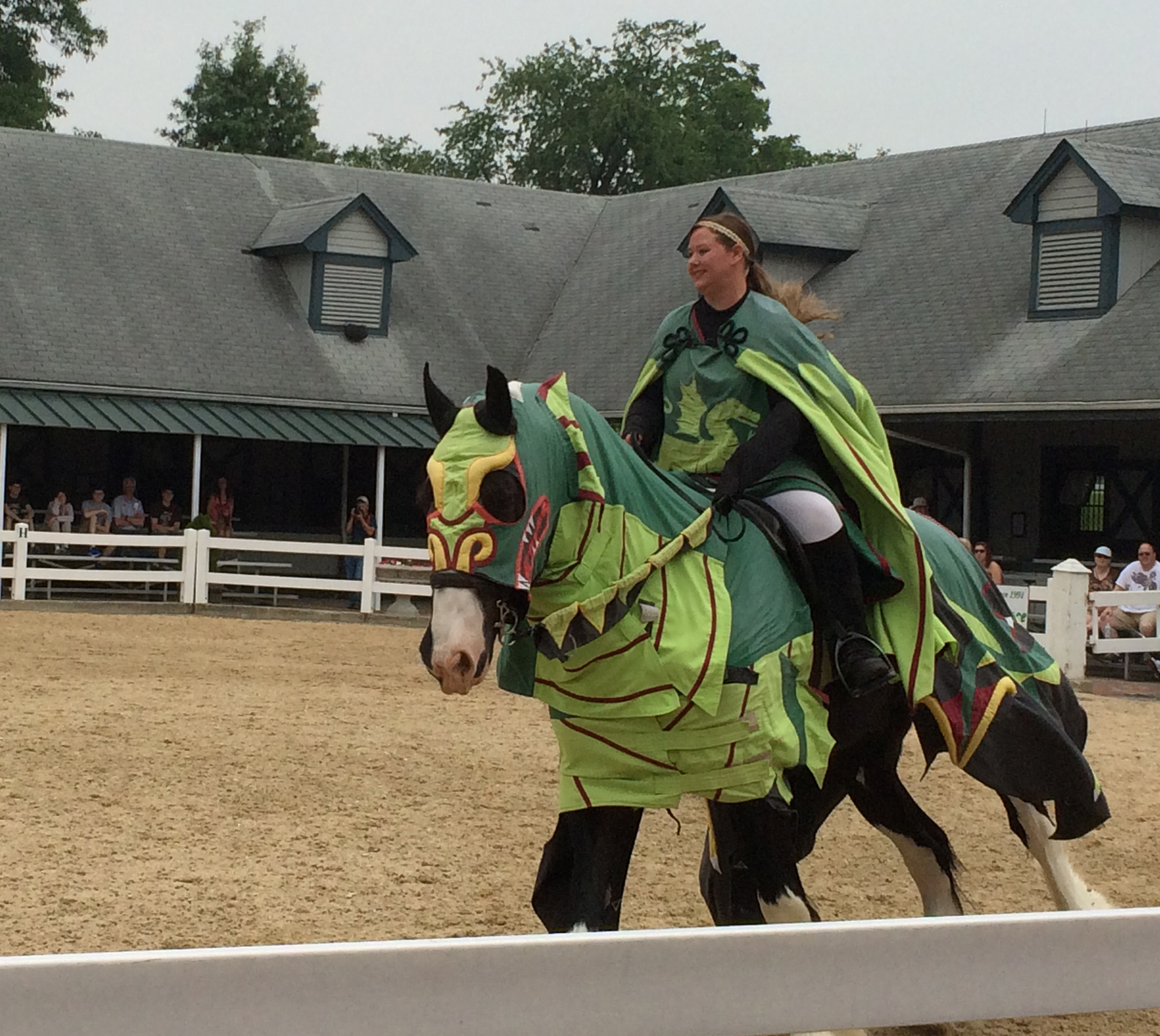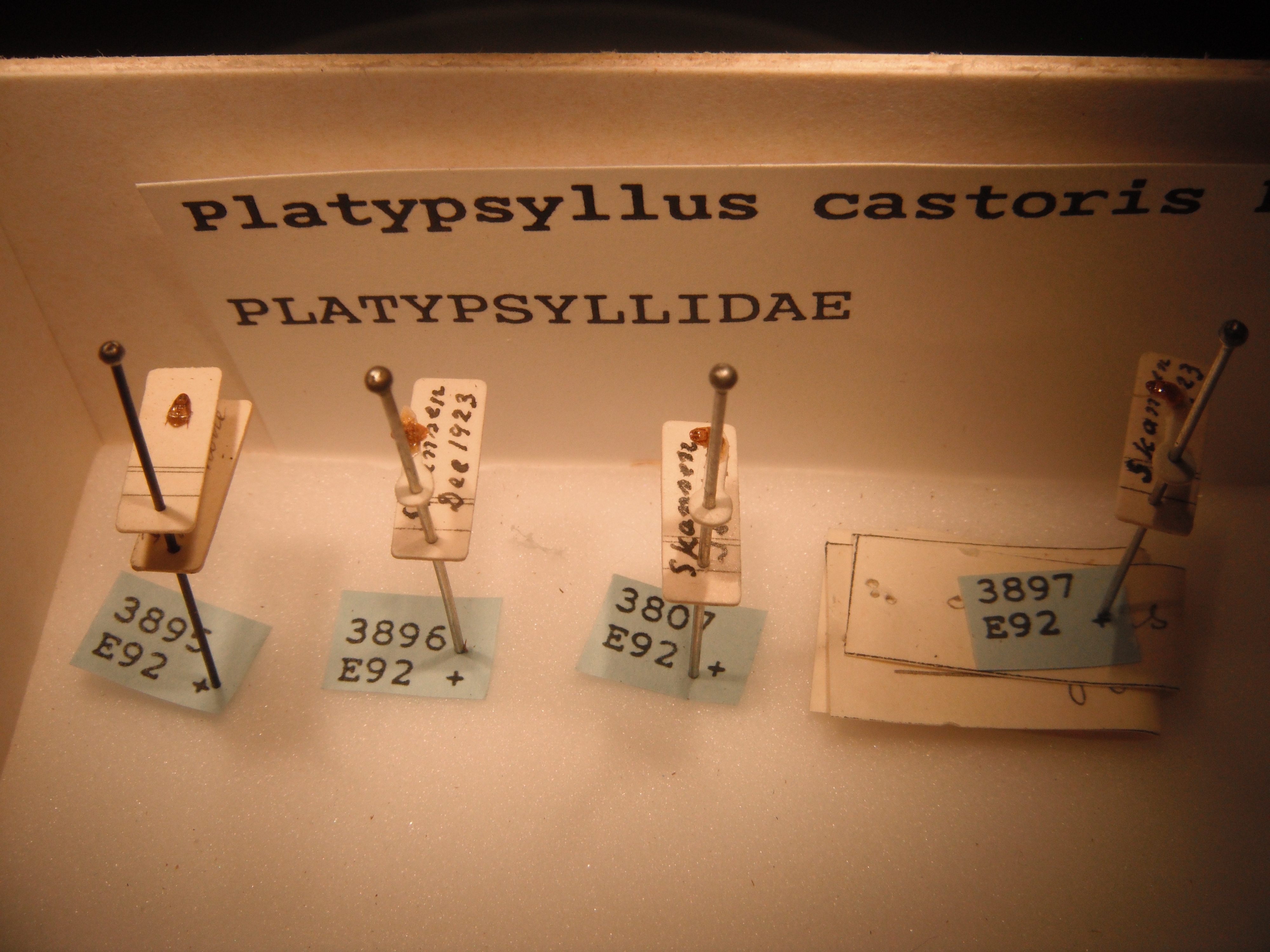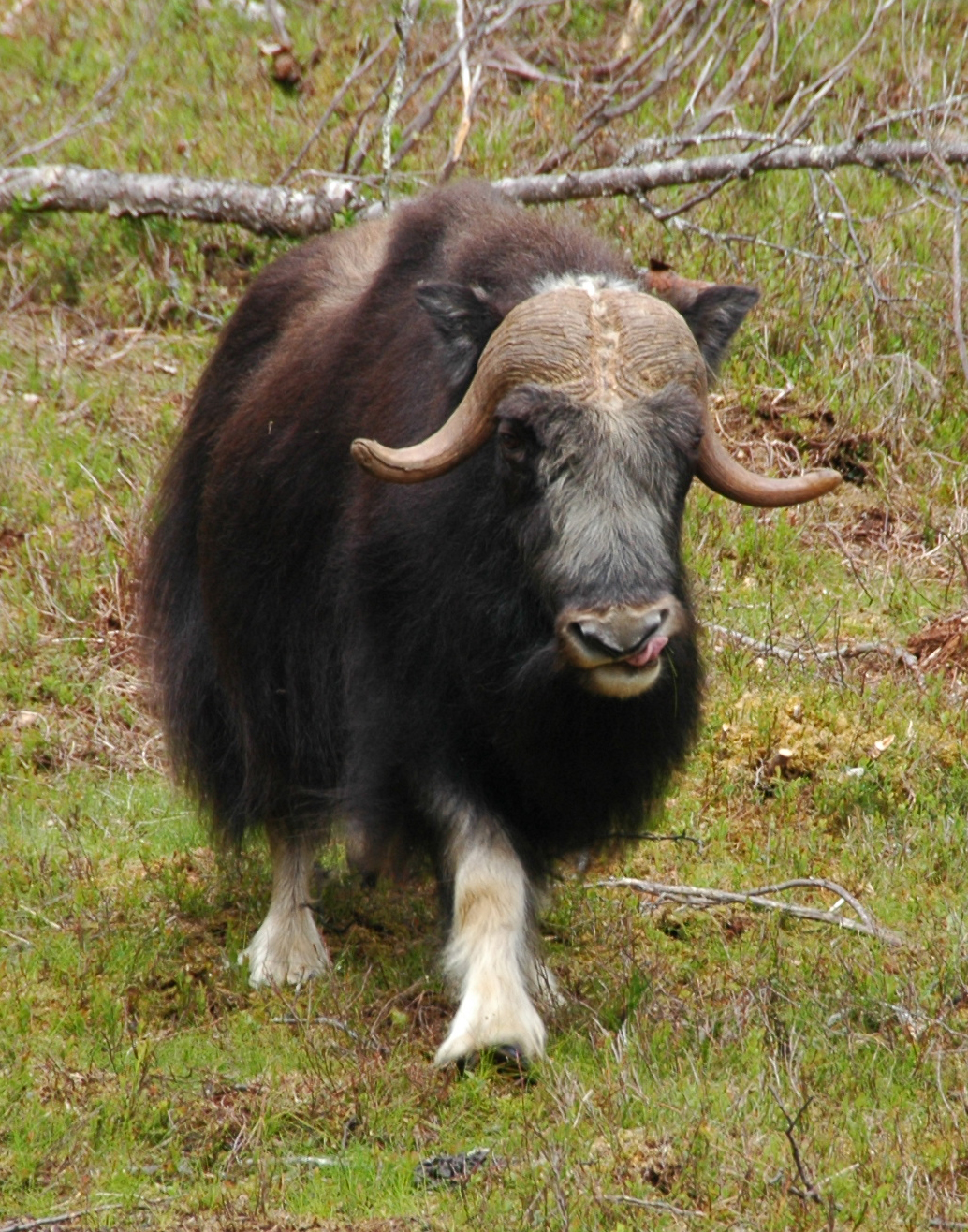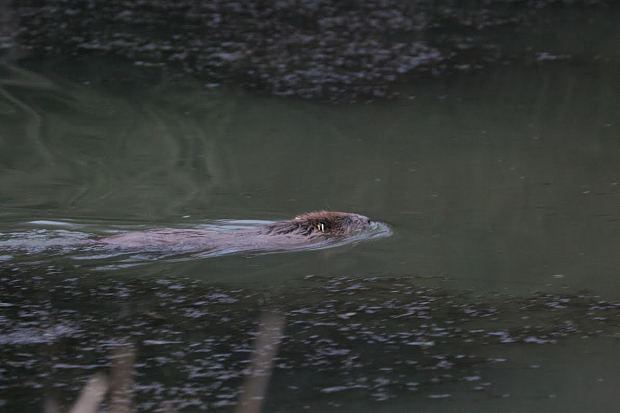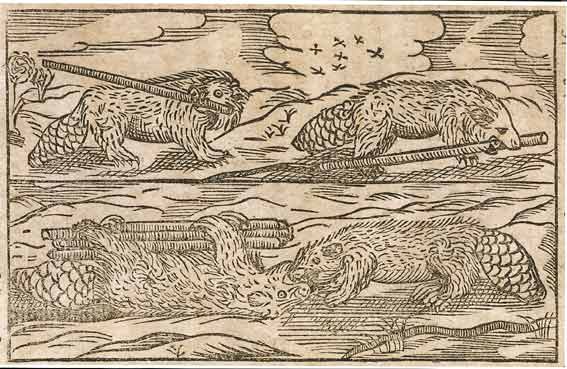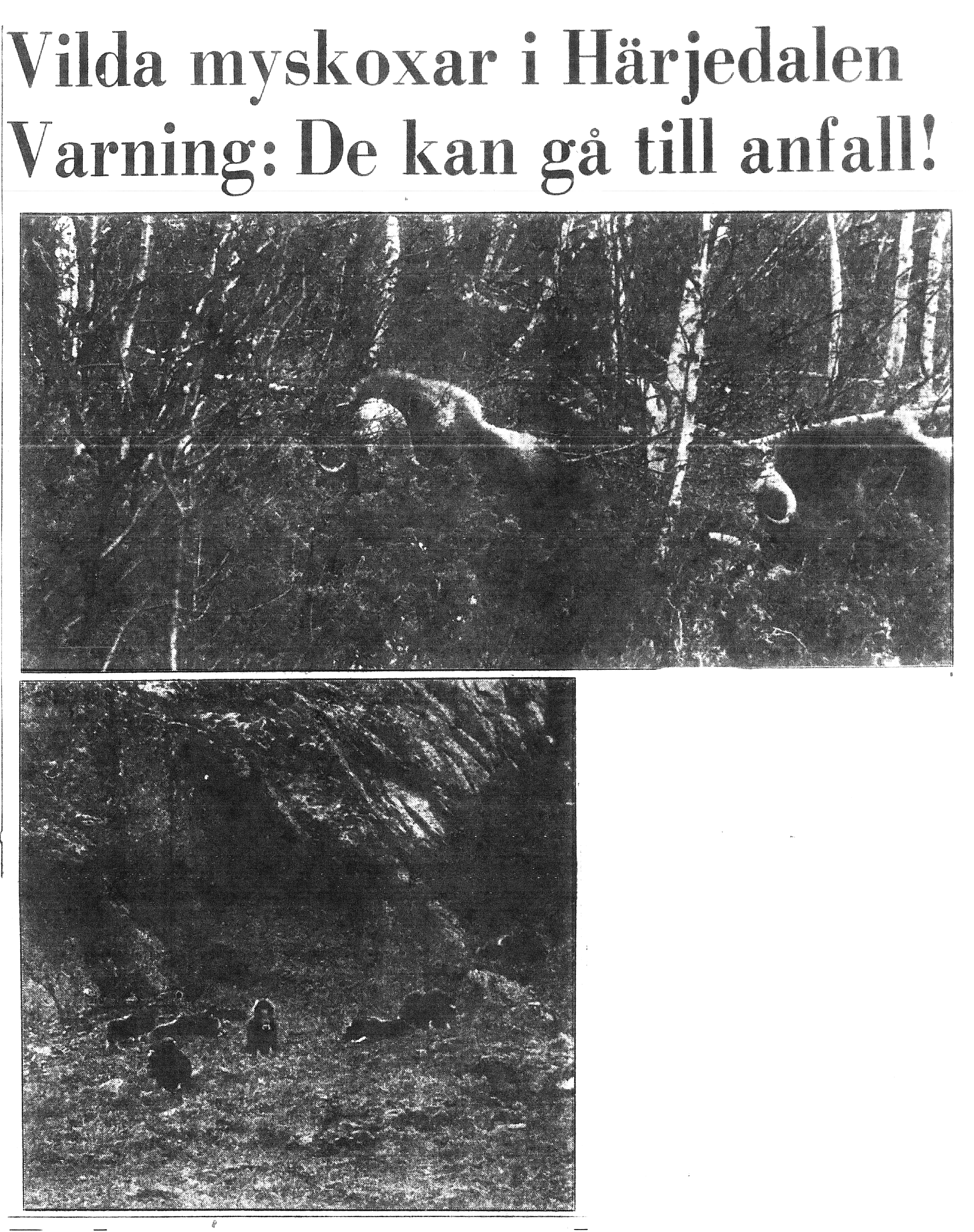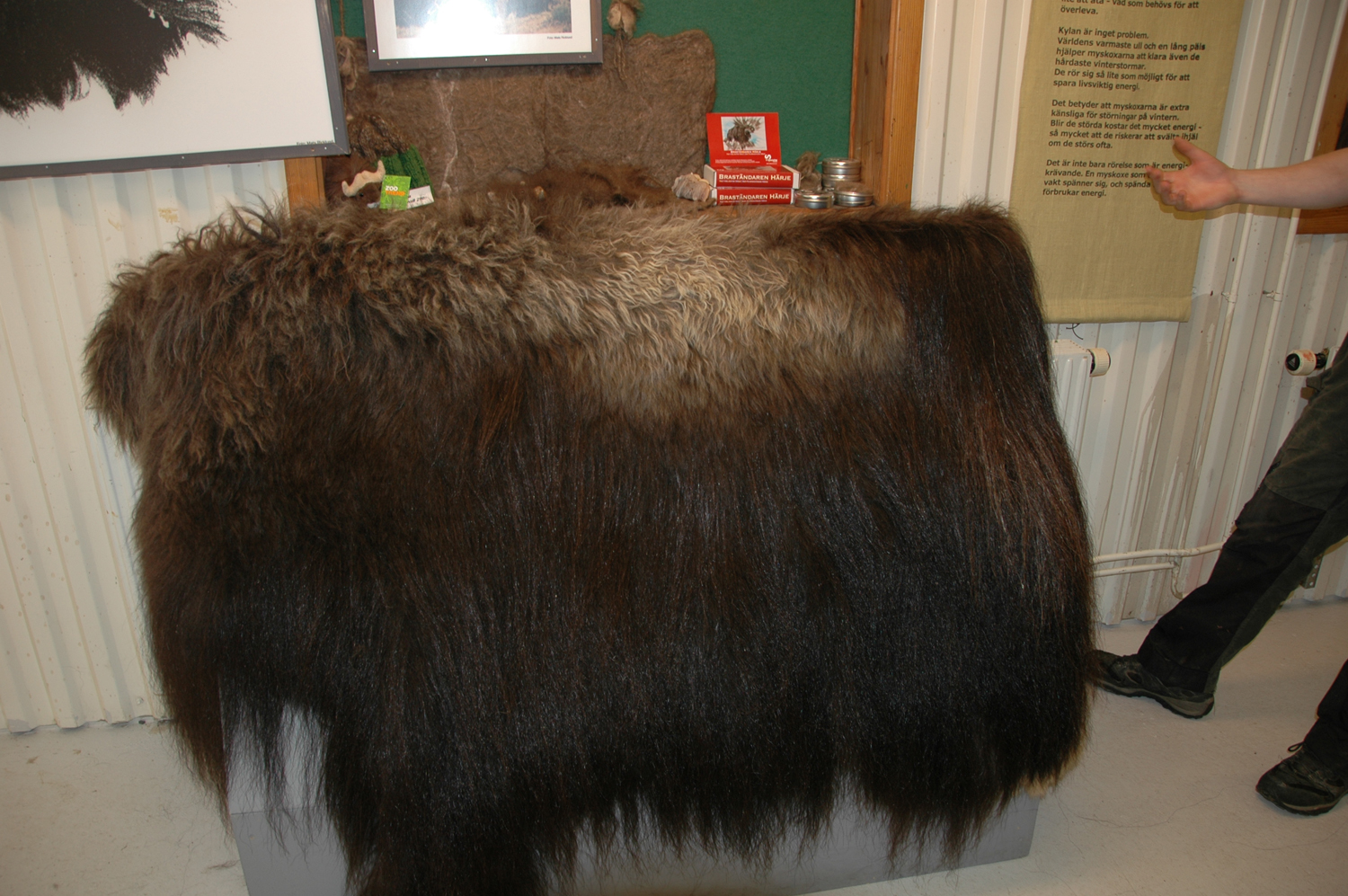-
The Beaver’s Journey: From Disappearance to Recovery
This year will be a special year for my beaver reintroduction research. 2021 marks the 100-year anniversary of the first time beavers were caught in Norway to be set out in Sweden where they had become extinct. The first component to launch in celebration of the anniversary is a new major digital exhibition on the history of Scandinavian beavers based on my research. The digital exhibition titled The Beaver’s Journey: From Disappearance to Recovery chronicles the history of the reintroduction of beavers in Scandinavia in the early 1900s. I’m proud to say that The Beaver’s Journey is the first exhibition curated by a Norwegian-based project team on the Europeana cultural heritage platform. The exhibition…
-
Recovering Lost Species in the Modern Age
My monograph Recovering Lost Species in the Modern Age: Histories of Longing and Belonging was published by MIT Press in October 2019. In the book, I tell environmental histories of reintroduction, rewilding, and resurrection to situate the modern conservation paradigm of the modern recovery of nature. I argue that the recovery of nature—identifying that something is lost and then going out to find it and bring it back—is a nostalgic process that looks to a historical past and relies on belonging to justify future-oriented action. As a nostalgic process, recovery depends on emotional responses to the lost, particularly a longing for recovery that manifests itself in emotions such as guilt,…
-
Beaver history on TV
I appeared on the NRK live broadcast television program Sommeråpent on 8 August 2017. The broadcast was at Nelaug train station in Åmli kommune. I’ve has worked on the history of beavers in Norway and Sweden and Åmli holds a special place in that history because all beavers in Scandinavia originate from there. I had the chance on the program to introduce this history, as well as the historical use of beaver products. While I was waiting for the filming to begin, I got to sit with the taxidermied beaver on a picnic bench. I had lots of kids stop by so I got to give mini-talks about beavers and…
-
Endling, a new word for new times
I have published an article “Endling, the power of the last in an extinction-prone world” in the journal Environmental Philosophy. In the article I put together the history of a word (and the history of the idea) to represent the last individual of a species. This word, endling, has an exciting 20-year history. It began with a proposal in a short letter to the journal Nature in 1996 to coin a word to represent the last in a line. It was then picked up by the curators of the planned National Museum of Australia (NMA) that opened its doors in 2001 as part of a memorial to extinction, with a special focus on the thylacine. This…
-
My new place for stories
This January (2017) will mark four full years of writing on this research blog. When I started the blog, I wasn’t really sure what it was for. Was it for ‘public’ dissemination of results? Scholarly discussion? Visibility for my work? I’m not sure that I can answer those questions even now four years later. But what I do know is that writing on this blog has changed the way I do research. I have now published an article about the transformations in my research process spurred on by the digital medium you are reading. My article “A new place for stories: Blogging as an environmental history research tool” appears in the book Methodological Challenges…
-
Wild tourism meets local civilisation
The contemporary ‘rewilding’ movement as manifested in organisations like Rewilding Europe promotes wildlife tourism as an economic benefit for local communities. The newest Rewilding Europe target area, Rewilding Lapland, has also adopted this emphasis on wildlife watching as an alternative to other disruptive uses of the land such as intensive forestry, mining, and green energy developments which are competing economic interests in the area. As a historian, I look for historical parallels or (although I know many historians shutter at the idea) historical lessons that might shed light on potential hidden problems with contemporary developments. So when I was asked to participate in a seminar about rewilding and tourism at Dalarna University’s…
-
Learning to live in the multi-species city
We tend to think that cities, as human constructs, are the homes of humans. But they are much more than that. The modern city is actually filled with wild animal inhabitants. Squirrels, hedgehogs, pigeons, sparrows, frogs, and many more small critters live within the confines of European cities; it is their natural habitat. Livestock have also traditionally been city residents, with pigs and poultry as most common. Mice and rats receive the most frequent negative response, particularly when they take up residence inside of human houses. But in the 21st century many of the others are seen as desirable—indicators of an environmentally-friendly urban area. Our artificial structures are part of nature…
-
Anthropocene Animals
There has been a wide acceptance among scholars that we are living in a new age. This has been labeled to encapsulate the human (anthropos) nature of the age as the Anthropocene (although other names such as Capitalocene have been proposed as well). While originally proposed as a geologic era with special relevance for the geologic and atmospheric sciences, it has been picked up throughout the natural and human sciences, including history, as a way of talking about a human-dominated planet. When I was asked to give a public lecture in conjunction with a new art exhibit “Perpetual Uncertainty: Contemporary Art in the Nuclear Anthropocene” at the contemporary art museum Bildmuseet in Umeå, Sweden,…
-
Unexpected media blitz
Earlier this week the press department at my university published a write-up in Swedish about this project based on an interview with me: Utrotade arters återkomst väcker känslor. The university press contact Sofia Stridsman had seen that I had an article in The Washington Post and wanted to find out more about my research. I thought it was a nice gesture, so I quickly agreed to the interview.
-
A Sami view of muskox
Last week I had the pleasure to participate in The Future of Wild Europe early career researcher conference held in Leeds, England. I gave a keynote address “Conflict in a wilder world: Of muskoxen and men in Scandinavia” on the second day of the event (you can watch my talk here in its entirety). If you’ve kept up with my work on this project, talking about the muskoxen which were reintroduced to the Scandinavian peninsula is nothing new for me. I looked at the muskox relocation from the muskox’s point of view in a 2014 talk I gave at the Rachel Carson Center for Environment & Society (which you can watch online) and…


